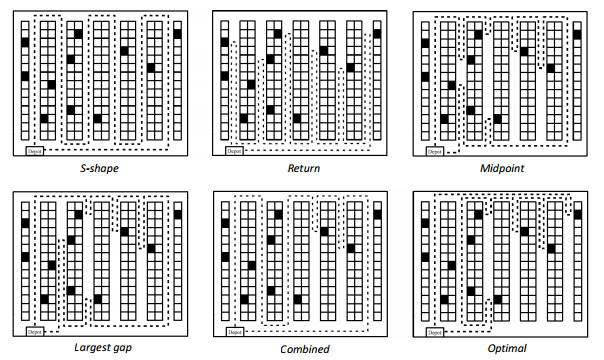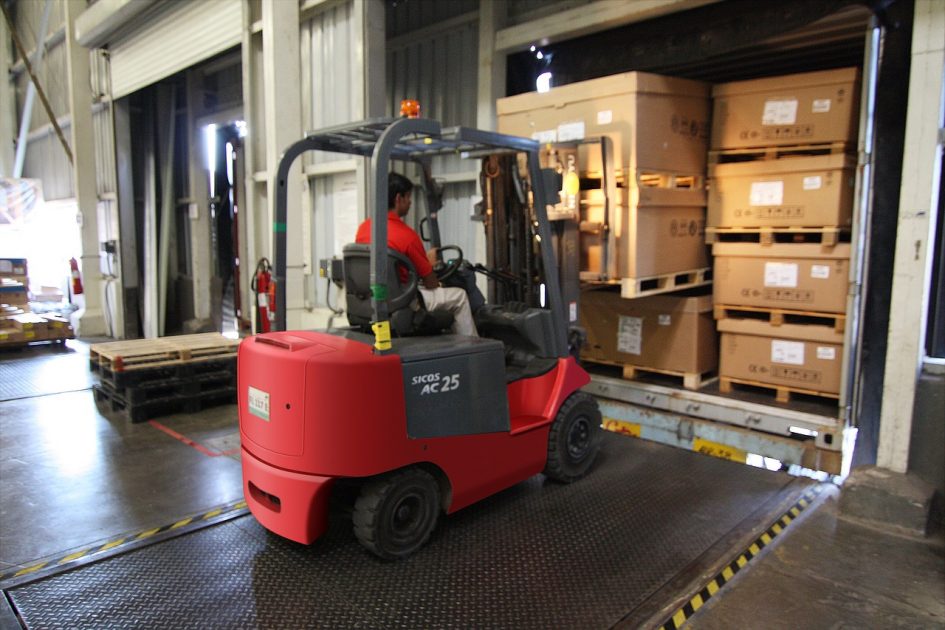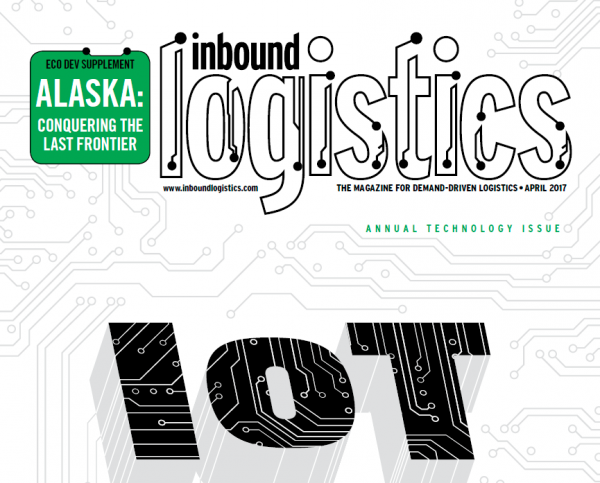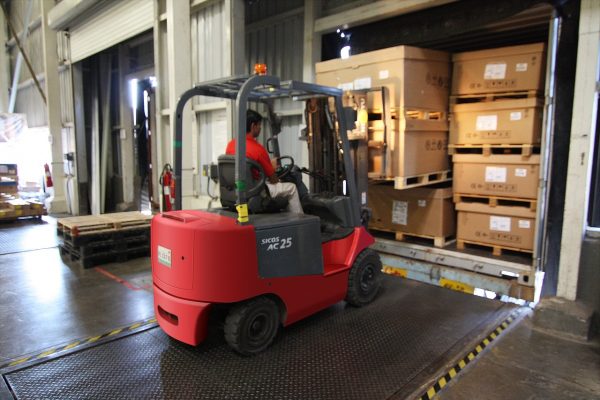Notice: Undefined index: ssba_bar_buttons in /home/locati15/public_html/blog/wp-content/plugins/simple-share-buttons-adder/php/class-buttons.php on line 602
Notice: Undefined index: ssba_bar_buttons in /home/locati15/public_html/blog/wp-content/plugins/simple-share-buttons-adder/php/class-buttons.php on line 602
Notice: Undefined index: ssba_bar_buttons in /home/locati15/public_html/blog/wp-content/plugins/simple-share-buttons-adder/php/class-buttons.php on line 602
Travel time accounts on average for 50% of total order picking time.Tompkins, J.A., Facilities Planning
While the order picking process is the most laborious of all warehouse processes, travel time takes up on average 50% of total order picking time. Order picking process typically amounts to 55% of all warehouse operating expenses.
What is the Traveling Salesman Problem

For a lift truck driver, it is literally impossible to find optimum routes manually even with a few trips on a task list. For more places to visit, there are so many permutations, that in fact in some cases it can be very complex even for computer algorithms to generate 100% optimum routing. It’s called the “traveling salesman problem” as it depicts the problem of a single salesman traveling to many different locations. There are many algorithms helping to solve this more or less optimally.
It can be very complex even for computer algorithms to generate 100% optimum routing.
Drivers are far from the correct optimal routing when deciding autonomously

Manual Routing Methods (Roodbergen, 2001)
There are many methods how to solve the so-called Traveling Salesman Problem manually for warehouses with multiple cross aisles. For example, according to a whitepaper provided by Kees Jan Roodbergen, Professor of Quantitative Logistics at the University of Groningen, it can be Largest gap, S-shape, Aisle-by-aisle, Combined and Combined +. While Combined + method is the most complex, thus the hardest to be used by lift truck operators, it is the most efficient routing method.
Even using this efficient routing method (in this case picking area has 7 aisles, the length of the aisle is 30 meters and there are only 10 items to pick) the percentage difference between the manual optimum routing method and the real optimum route was on average 13%.
A real optimum route can be 13% more efficient than a very efficient manual optimum routing method.
Try out optimum routing yourself

Try this app to find the most optimum route in a warehouse
Feel free to try out this interactive warehouse online app, where you can try to draw the most optimal route you can find and then compare it to the actual most optimum routing according to a computer program. In order to make it more fun, enter the number of blocks to 2, the number of aisles 15, the number of locations per aisle 6 and the number of items 15. It is pretty hard while this is still a simple warehouse compared to a real life scenario.
Locatible provides automatic pick order and optimum routing
Locatible warehouse solution offers real-time location of all inventory and lift trucks. We have developed this system working closely with Kenco Group. Locatible provides lift truck operators with optimal routing and optimal pick order. Lift trucks are fitted with a screen and tell drivers autonomously what to pick and how to get there optimally. There’s no need for manual entry of data during picking or dropping of inventory as lift trucks know what they are carrying.
Lift trucks are fitted with a screen which tell drivers autonomously what to pick and how to get there optimally.
Real-time job list, optimum picking order and optimum routing within the warehouse are all included in Locatible warehouse system. The work of operators becomes seamless and minimum 15 – 20% increase of performance can be expected thanks to Locatible
Minimum 15 – 20% increase of performance can be expected thanks to Locatible.
So did you manage to find the most optimal route? Let us know in comments.









Leave a Reply